Female employee was scared by a stranger holding a sharp object: Admiring the security guard's story
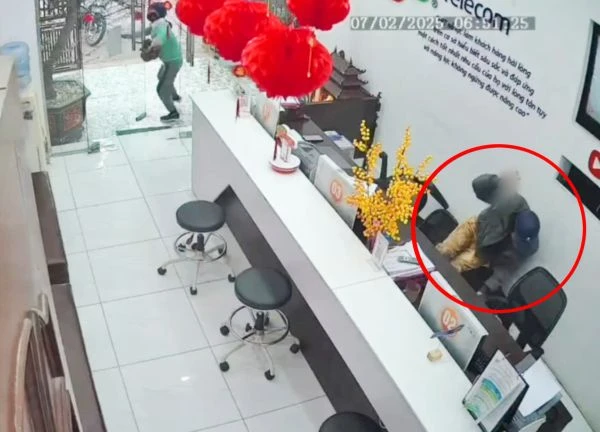
4 | 0 Discuss | Share
Every family has its secrets and the British Royal Family is no exception. Although they are admired by the public, the Royal Family still has principles and things they do not want outsiders to know.
The history of the British monarchy has proven that with great power comes great responsibility and many rules. Although the role of the ruler in modern society is largely symbolic, the traces of traditions passed down over the thousands of years of British monarchy remain reminders of the past.
1. Who was the first king of England?
The first king of England was Athelstan (895-939 AD). Athelstan was the grandson of Alfred the Great and the 30th uncle of Queen Elizabeth II. The Anglo-Saxon King Athelstan defeated the last Viking invaders and built a strong England, ruling from 925-939 AD.
2. Who can become king or queen of England?
Beginning with the reign of William I, the monarchy passed from the king to his firstborn son. This changed in 1702, when the English Parliament passed the Act of Succession, which stated that upon the death of King William III, the title or succession would pass to Princess Anne and her heirs. This meant that a woman could inherit the throne in the absence of a male heir. Approved by the Church of England, the Act of Succession also stated that any heir who married a Roman Catholic would be excluded from the line of succession.
The rules around who can inherit the British throne did not change until 2013, when the British Parliament passed the Succession to the Crown Act. This included a new provision allowing the first-born child of the King or Queen to inherit the throne regardless of whether they were a son or a daughter.
3. The ruler has the right to veto the marriage of family members.
The Royal Marriages Act of 1772 gave the monarch the power to veto the marriage of a family member. It was passed in response to King George III's anger over the marriage of his brother Prince Henry to commoner Anne Horton.
Since then, members of the British royal family have had to seek the consent of the reigning monarch to marry. However, this permission has not always been granted. Queen Elizabeth II refused to allow her sister Princess Margaret to marry war hero Peter Townsend on the grounds that Townsend was a commoner and a divorcee.
This law was eased with the passing of the Succession Act 2013, which allows heirs beyond the first six in the line of succession to the British monarchy to marry without the permission of the ruler.
5. Can members of the British Royal Family marry commoners?
According to History, British royalty could marry commoners as early as the 15th century. In 1464, King Edward IV secretly married commoner Elizabeth Woodville, a widow. King James II also married commoner Anne Hyde.
Since the Royal Marriages Act of 1772 was passed to sanction Prince Henry's marriage to commoner Anne Horton, marriages between members of the British Royal Family and commoners have been virtually non-existent for nearly 250 years.
As the rules around marriage and divorce have changed, so have the marriages of the British royal family. Both the children of Prince Charles and Princess Diana have been allowed to marry commoners: Prince William married Kate Middleton in 2011 and William's younger brother, Harry, married American actress Meghan Markle in 2018.
6. Can members of the British Royal Family get divorced?
According to History, divorce is a painful thing for the British Royal Family. It was not until 2002 that the Church of England allowed divorced people to remarry. Before that, the Church of England believed that the ruler of England was also the head of the Church of England and that heirs to the throne were forbidden from marrying people who were divorced or not allowed to be divorced.
In 1820, King George IV divorced Caroline on the grounds of her infidelity. In 1936, King Edward VII decided to abdicate to marry twice-divorced American Wallis Simpson. He was the last member of the British royal family to be forced to choose between love and the succession. Before the Church of England's ruling in 2002, Queen Elizabeth II's sister, Princess Margaret, was granted a divorce in 1978. In 1996, Queen Elizabeth II approved the divorce between her son, Prince Charles, and Princess Diana. Charles went on to marry Camilla Parker Bowles, a divorcee, in 2005.
7. The king gave up the throne for the love of his royal family.
King Edward VIII ascended the throne in 1936, but he decided to abdicate the following year so he could marry Wallis Simpson. When the king announced that he would marry the twice-divorced American, there was a social and political uproar in England because the British royal family considered the marriage to be against religion and morality. The Church of England strongly opposed it and forced Edward VIII to abdicate. The huge royal scandal completely changed the line of succession and eventually decided that 10-year-old Princess Elizabeth would become the future Queen of England.
The case of a male shipper being "corrected" by a Lexus driver: still panicking, often having nightmares  Minh Lan11:21:56 18/02/2025Even though a week has passed since the incident, the male shipper still feels scared when he remembers that time and has trouble sleeping at night due to the injury. His wife said that the situation was difficult and her husband was gentle, but she did not think that this would happen.
Minh Lan11:21:56 18/02/2025Even though a week has passed since the incident, the male shipper still feels scared when he remembers that time and has trouble sleeping at night due to the injury. His wife said that the situation was difficult and her husband was gentle, but she did not think that this would happen.

4 | 0 Discuss | Share
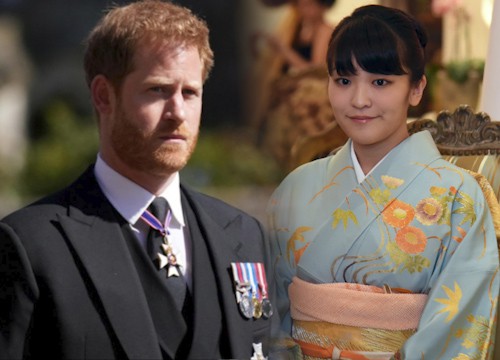
5 | 0 Discuss | Share
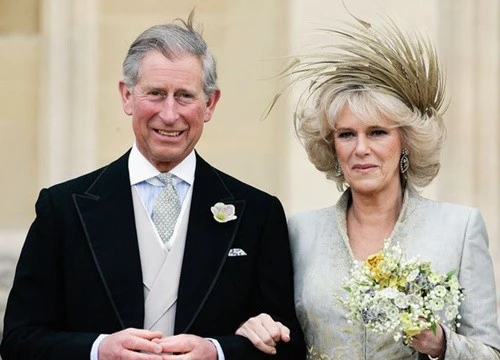
5 | 0 Discuss | Share
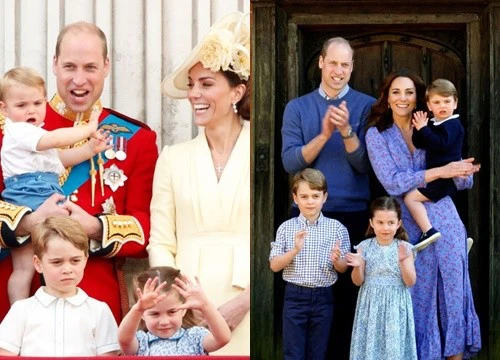
5 | 0 Discuss | Share

5 | 0 Discuss | Share

3 | 0 Discuss | Share

4 | 0 Discuss | Share

3 | 0 Discuss | Share

3 | 0 Discuss | Share

2 | 0 Discuss | Share

3 | 0 Discuss | Share

5 | 1 Discuss | Share
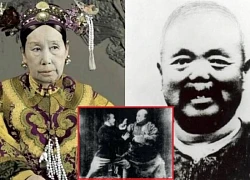


4 | 0 Discuss | Report